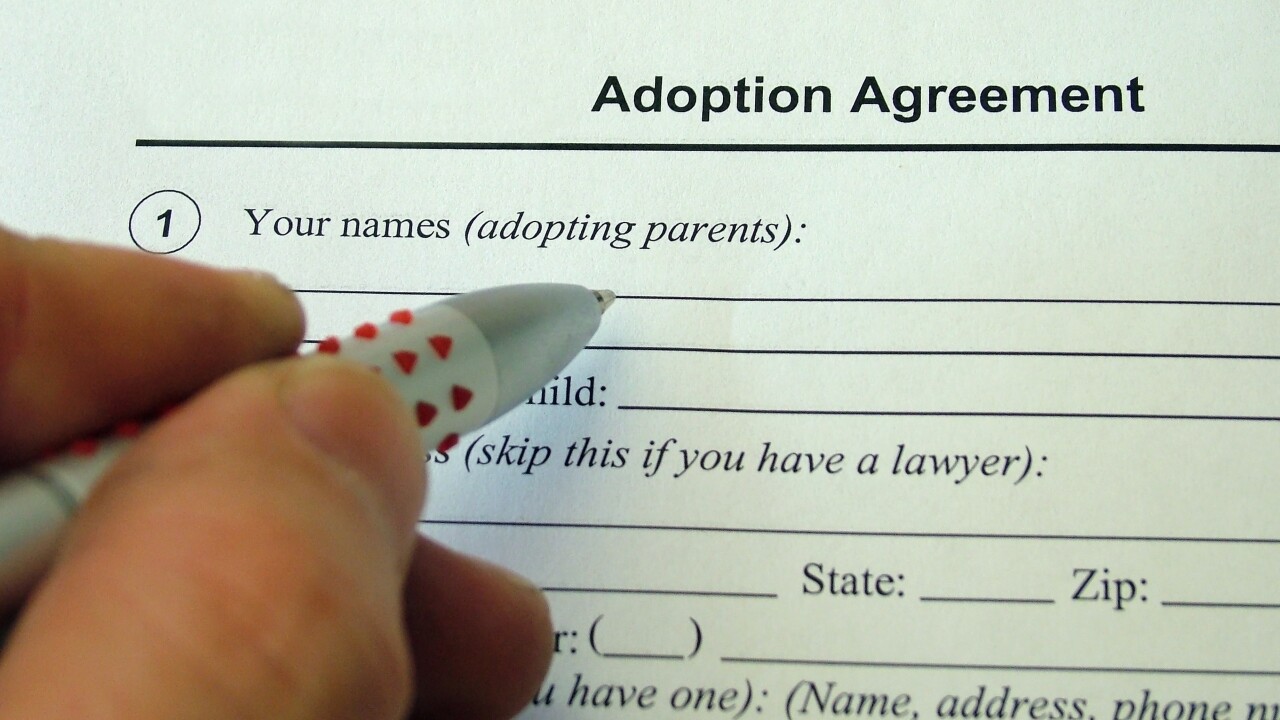The Governmental Accounting Standards Board released a
The PIR project examined the effectiveness of two GASB standards issued in 2012:
The report also concluded that GASB Statements 67 and 68 significantly enhanced the accounting and financial reporting for pensions by pension plans and governmental employers with key provisions including the recognition of the net pension liability on the face of the government-wide statement of net position and the measurement of the liability using a blended discount rate.

As a result of the magnitude of the two standards, GASB acknowledged it found some remaining disagreement among stakeholders about some aspects of the standards related to recognition, measurement and disclosure. Some stakeholders pointed to challenges in applying certain provisions of the standards, such as the calculation and recognition of pension-related deferrals, the calculation of proportionate shares for cost-sharing employers, and the application of certain pension provisions to certain closed plans and frozen plans. "Those challenges may indicate a potential opportunity for additional clarification as well as educational and outreach efforts," said the report.
However, GASB believes the statements are an improvement over the earlier pension standards, improving financial reporting by state and local governmental pension plans via enhanced note disclosures and enhanced required supplementary information presented by the pension plans. Recognition of the net pension liability reflects transactions and events associated with pensions, thereby decoupling financial reporting from the funding-based model in the prior pension standards and reflecting the long-term nature of employment relationships.
They also offer a more comprehensive measure of pension expense, which helps users of the financial statements assess the relationship between a government's inflows of resources and its total cost (including pension expense) of providing government services each period and gives them information about the government's pension obligations and the resources available to satisfy those obligations, along with enhanced note disclosures and required supplementary information about pensions.
"All of those improvements provide decision-useful information that enhances the value of the information for assessing accountability and interperiod equity," said the report.





